No-bus Kyoto sightseeing! SoraNews24’s ultimate on-foot guide for Japan’s former capital【Part 1】
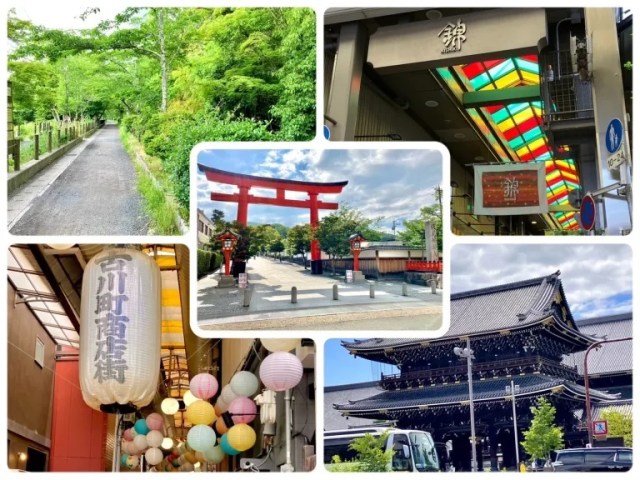
Maps and walking times for enjoying Kyoto’s beautiful historical sites while skipping its crazy-crowded buses.
Kyoto is sort of unique among large Japanese cities in that, ostensibly, buses should be the most convenient way to get around. Kyoto’s train/subway network just isn’t very dense or extensive, and especially in the historical parts of the city where its best sightseeing attractions are, rail stations can be few and far between.
Unfortunately, buses don’t have anywhere near the passenger capacity that trains do, and between the local population and ever-increasing tourist numbers, Kyoto’s buses have become very crowded these days. Not only are many residents dismayed about the inconvenience, even from a tourist’s standpoint this can be a problem, as sometimes the buses will be too crowded for you and your companions to even board.
But what if you skipped both the crowded buses and inconvenient trains? What if you toured Kyoto entirely by walking? Those are the questions we found ourselves pondering, and so we set out to see how much of Kyoto you can cover, on foot, in one day.
● Section 1: Kyoto Station to Fushimi Inari Shrine (40 minutes)
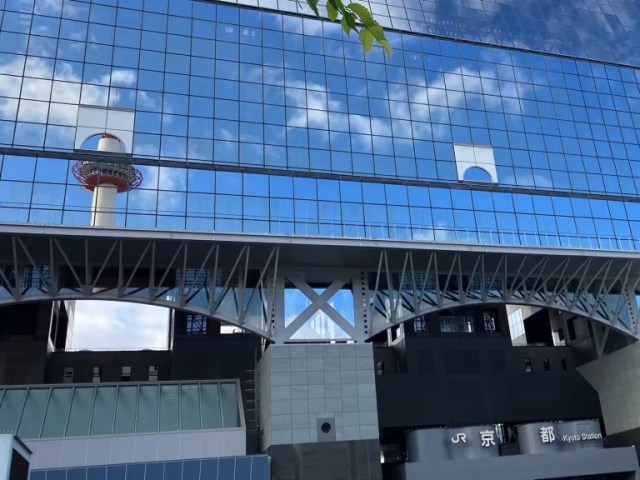
For our starting point we picked Kyoto Station, since it’s the access point by which pretty much all travelers arrive in the city. We started our walk at 7 a.m., with our first destination Fushimi Inari Shrine, but as you’ll see throughout this guide, there are plenty of smaller, but still big-on-charm, sights to see on the pedestrian path between Kyoto’s major attractions, showing just how much history is waiting for you in the city.
▼ Kyoto Tower can be seen from the north-side exits of Kyoto Station
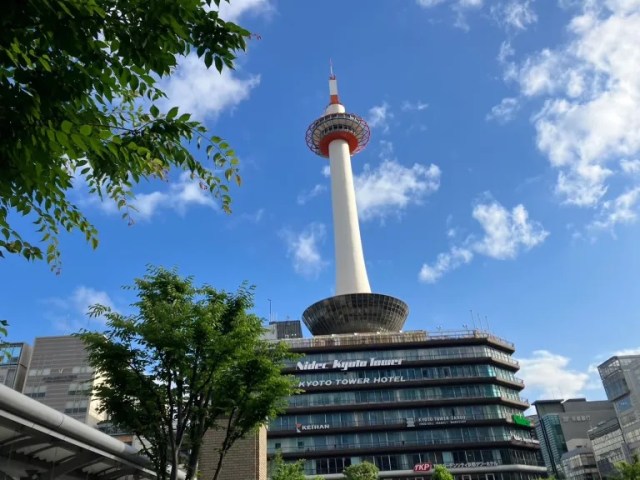
If you’re walking from Kyoto Station to Fushimi Inari, you’ll first head east, crossing the Kamogawa River. We’re generally not morning people here at SoraNews24, but with weather this beautiful, we felt very good about getting up early for a change.
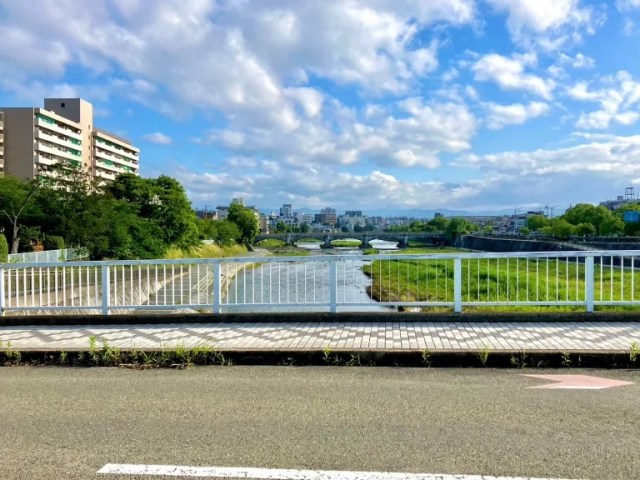
Eventually, you’ll need to veer south, and when you do you’ll come to Seo Shrine (瀬尾神社).
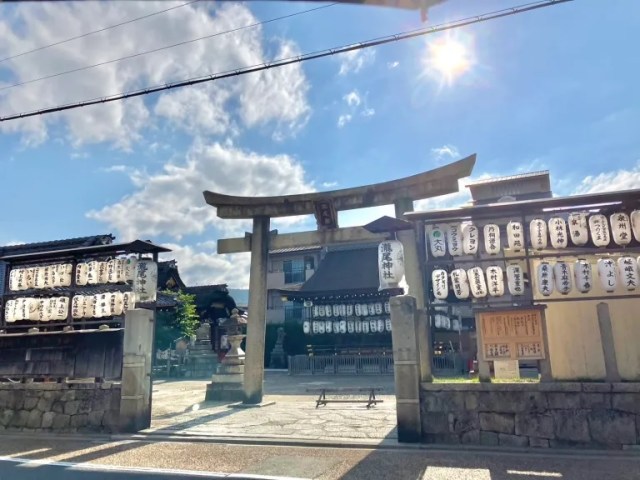
▼ Kyoto Station to Seo Shrine
This is a good time to point something out. For this guide, we’re focusing on the walking route itself, so we’re not including time spent sightseeing at the temples, shrines, and other landmarks along the way. As you’ll see, we’re going to be walking by dozens of beautiful historical sights, so picking which to go inside of is something best decided on according to your particular tastes and, if this isn’t your first time in the city, your previous Kyoto-visit experiences.
From here, we’re going to be zigzagging to the southeast to get to Fushimi Inari, and along the way are Hoshoji Temple (法性寺)…

…Tofukuji Temple (東福寺)…
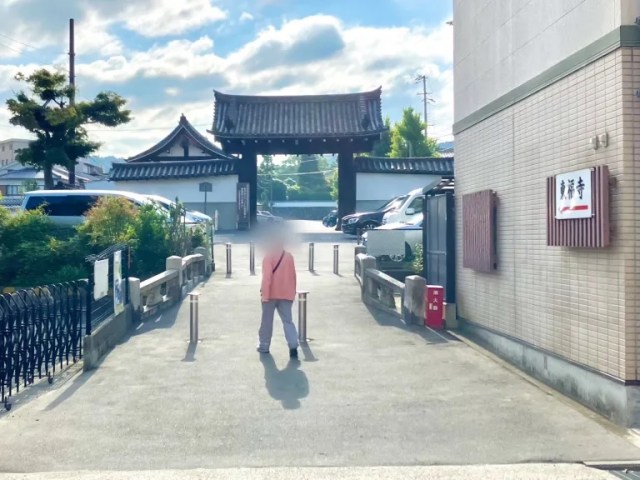
…and Nenbutsuji Temple (念佛寺).
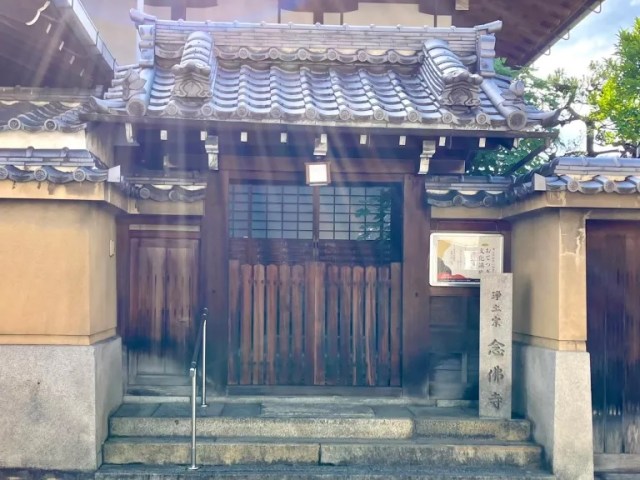
From there it’s just a short stroll south to the brightly colored exterior of Tanaka Shrine (田中神社)…
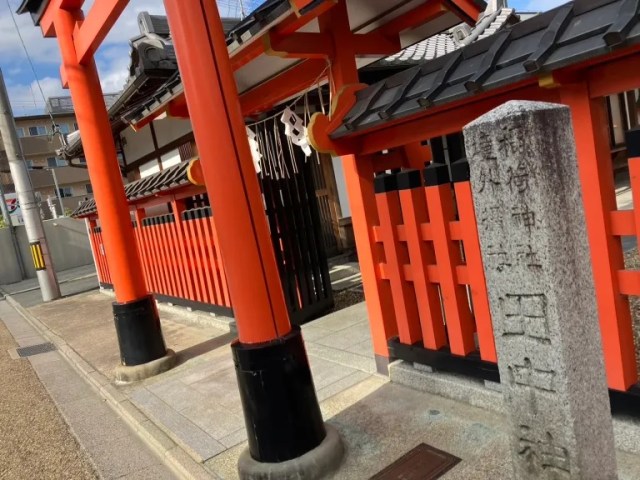
…a little farther south to Gokurakuji Temple (極楽寺)…
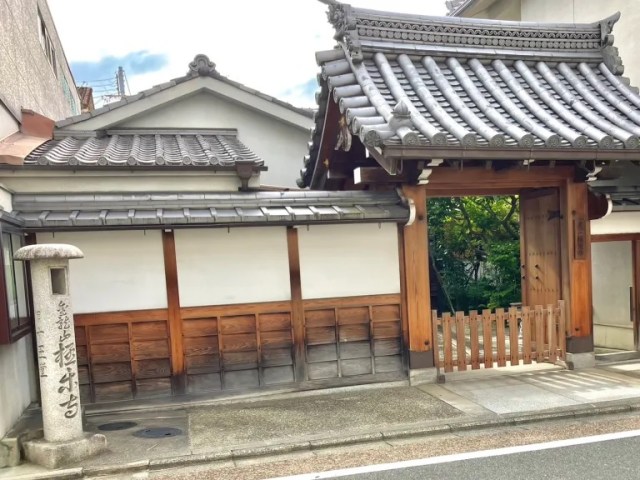
…and then arriving at Fushimi Inari Shrine.
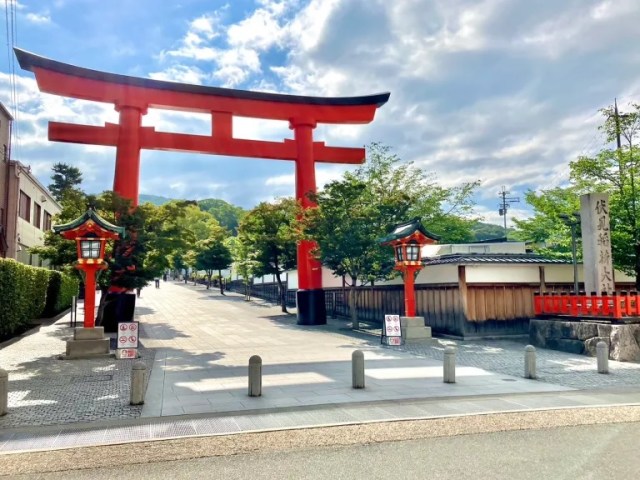
That might sound like a ton of walking, but it only took us 40 minutes, and we weren’t trying to hurry. With the day still young, it was time for the second leg of our walking tour of Kyoto.
● Section 2: Fushimi Inari Shrine to Kiyomizudera Temple (50 minutes)
Fushimi Inari is basically Kyoto’s most southeastern-situated tourism destination, so we’ve got some backtracking to do in this segment. Once back on new ground, our first point of interest is Senshoji Temple (専称寺)…
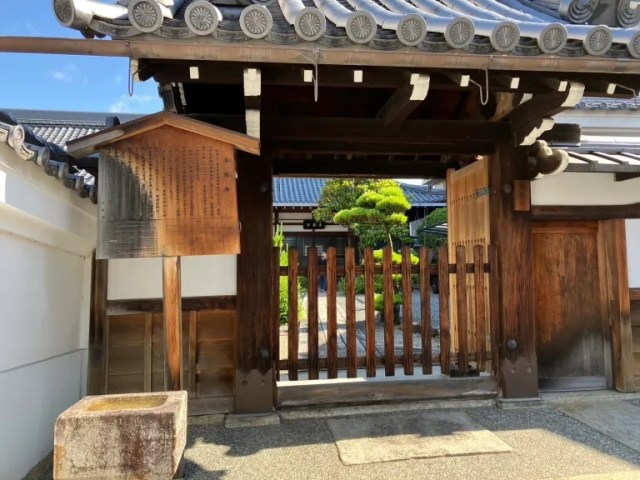
…followed by Hojuji Temple (法住寺)…
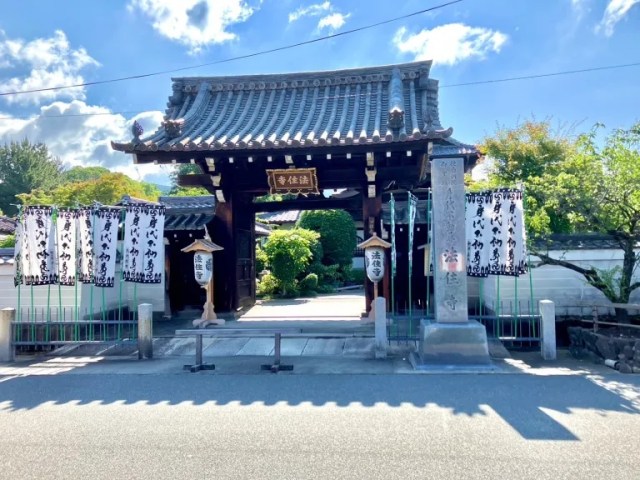
…and Yogenin Temple (養源院)…
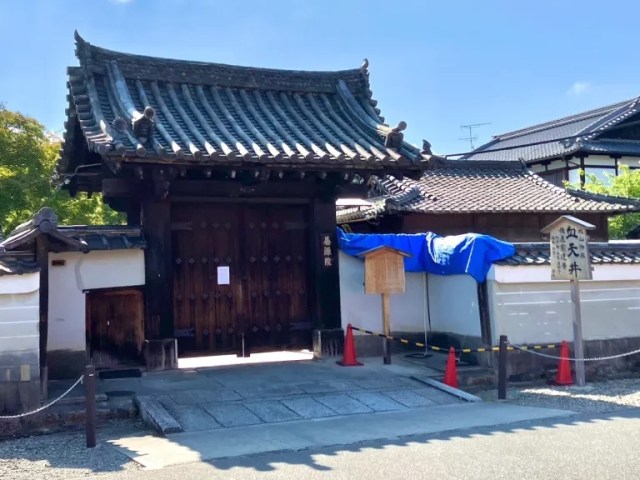
…which brings us to the entrance of Sanjusangendo (三十三間堂), a temple famous for its incredibly long main hall and thousand-plus statues of Kannon, Buddhist deity of mercy and compassion.
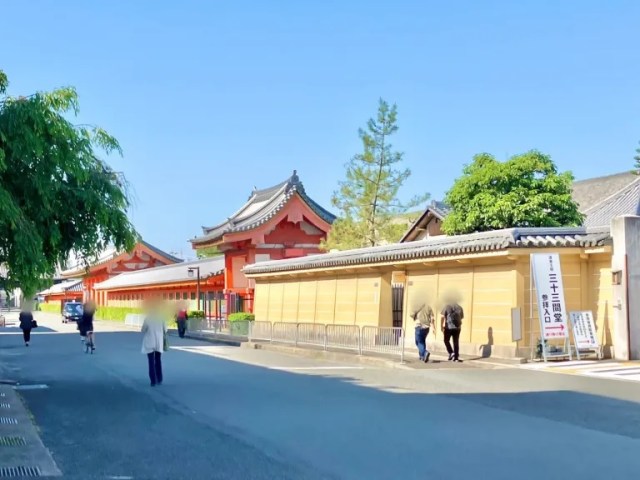
Next we have some more modern, but still eye-catching, architecture right across the street with the Kyoto National Museum…
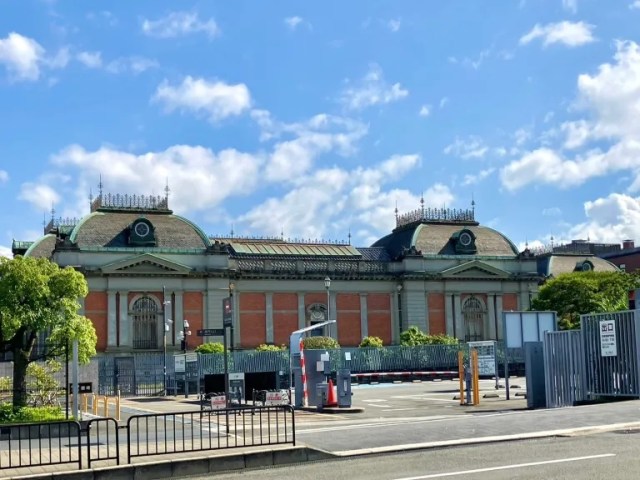
…and then it’s back to traditional aesthetics a block east at Chishakuin Temple (智積院).
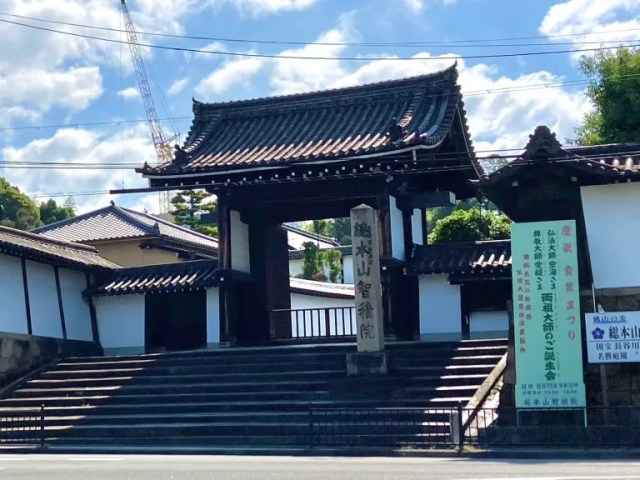
Myohoin Temple (妙法院) is currently in the process of a major renovation process, which is scheduled to continue until December of 2026, but at least its gate is still intact and uncovered.
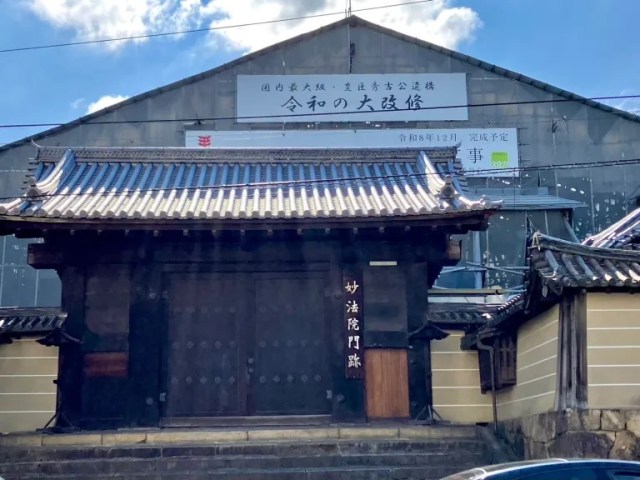
From here, we’re entering Higashiyama and Sakyo Wards, which even by Kyoto standards are considered neighborhoods filled with classy classical culture sites, like the Otani Honmyo Shrine (大谷本廟) and the majestic bridge at its entrance.
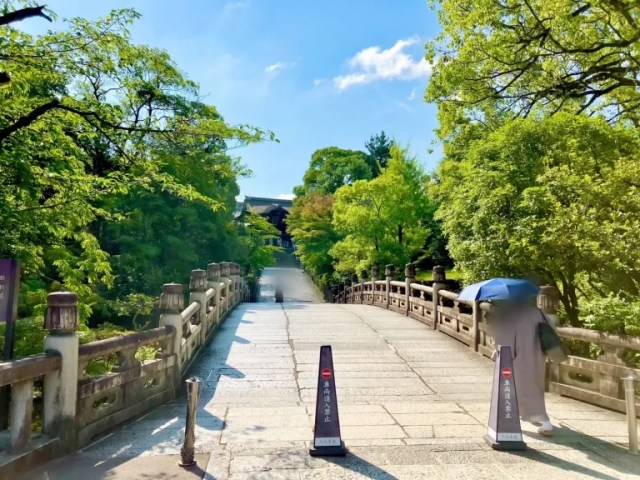
…Anshoin Temple (安祥院)…
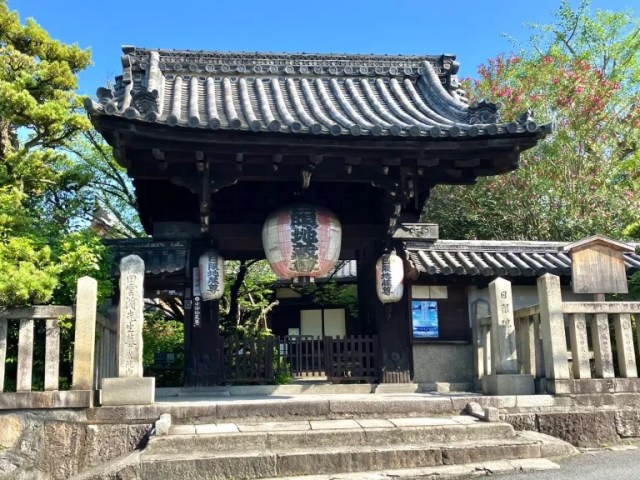
…and Hotokuji Temple (宝徳寺).
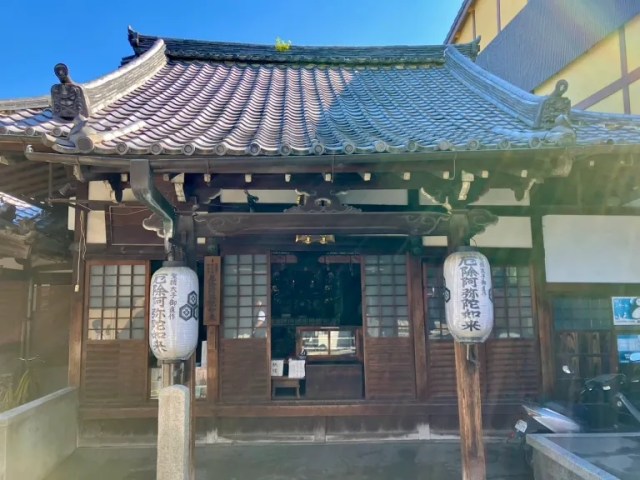
Hotokuji is actually on the famous sloped street that leads into Kiyomizudera, one of the most famous and beautiful temples in all of Japan, so it’s just another two minutes’ walk up the hill to arrive at the entrance.
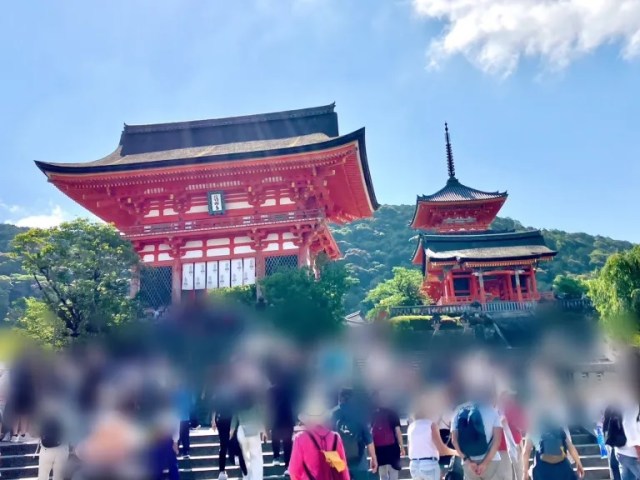
And you know what? Even with all of these gorgeous landmarks, we’d still only been walking for an hour and a half, arriving at Kiyomizudera at 8:30 a.m.! We’ll be back soon with the next portion of our no-bus tour of Kyoto, on which we’ll be hitting Sannenzaka and Nene no Michi.
Photos ©SoraNews24
● Want to hear about SoraNews24’s latest articles as soon as they’re published? Follow us on Facebook and Twitter!
Credit:

0 comments:
Post a Comment